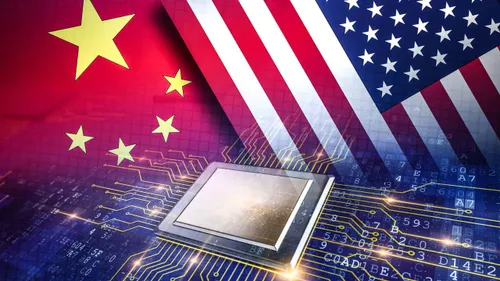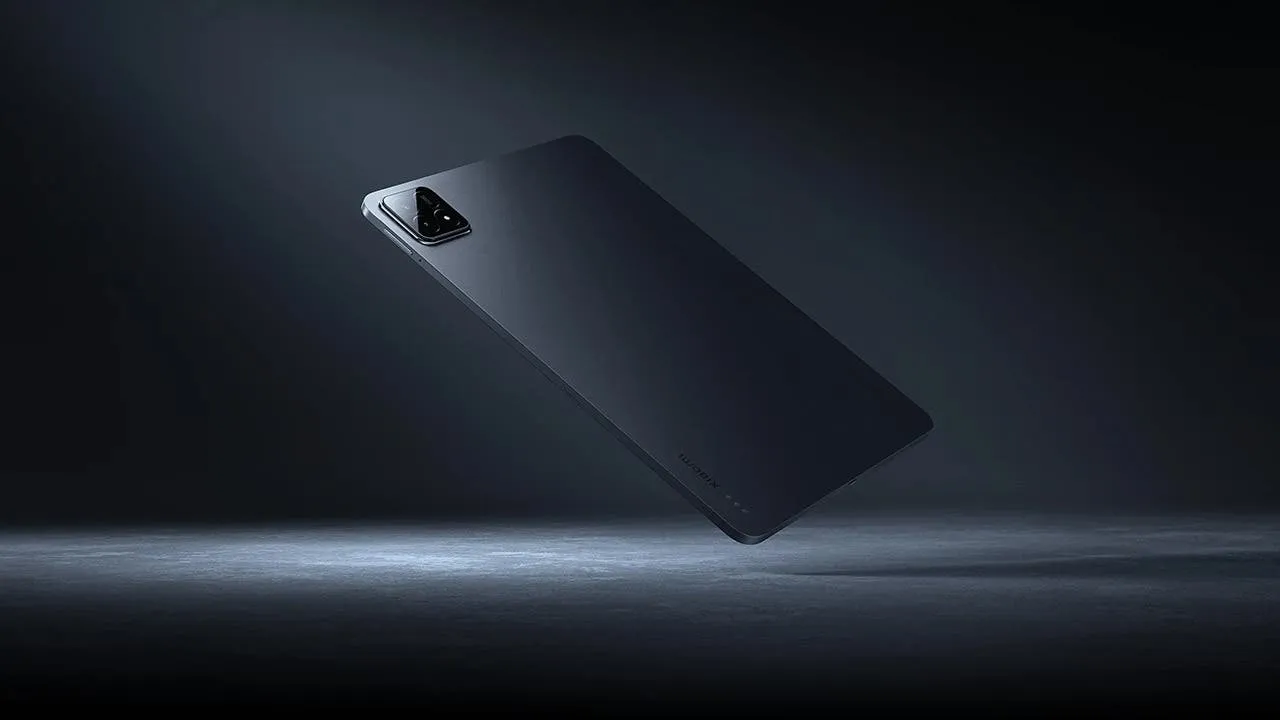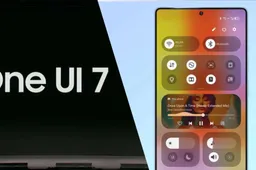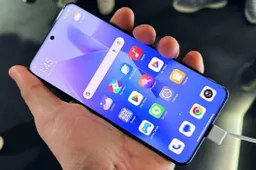
Donald Trump is pushing major smartphone makers like Apple and Samsung to move their production for the U.S. market back home. He warned that if they don’t, he will impose a 25% import tariff on their products. Trump shared this message on his Truth Social platform and repeated it later during a briefing at the Oval Office. He said the rule must apply to all companies—“Otherwise, it’s not fair.”
Trump Demands Apple and Samsung Move Production to the U.S., Threatens 25% Tariff

Apple has shifted some iPhone production to India. However, about 90% of iPhones are still made in China. CEO Tim Cook has said tariffs could cost Apple up to $900 million every quarter. Samsung no longer produces phones in China. It now makes them in South Korea, Vietnam, India, and Brazil.
Experts say Trump's demand is not realistic. Dan Ives, an analyst at Wedbush Securities, said moving just 10% of Apple’s supply chain to the U.S. would take three years and cost $30 billion. Bringing all production home could raise the price of an iPhone to $3,500. That’s because the U.S. does not have the same low-cost supply chain that exists in Asia. Even Steve Jobs said in 2010 that the U.S. didn’t have enough skilled engineers to support such production.
Trump Threatens Tariff Over Foreign Phone Production
Trump has brought up the idea with Apple CEO Tim Cook several times. They discussed it during a May 21 meeting at the White House and earlier during a trip to Saudi Arabia. Treasury Secretary Scott Bessent supports the plan. He says it would help strengthen the U.S. semiconductor supply chain. Still, Apple’s current $500 billion investment in the U.S. focuses on data centers and AI servers—not on building iPhones.
If the 25% tariff goes into effect, prices on new iPhones could go up as soon as this fall. Analyst Gene Munster says that if tariffs rise above 30%, Apple will start passing those costs to customers. For now, electronics are exempt from the 10% tariff on Chinese goods. But Trump’s threat puts pressure on the industry.
The big question remains: Can the U.S. really build a smartphone industry from scratch? With high labor costs and a shortage of skilled workers, it may take 5 to 10 years to move production—and the final price may be too high for most buyers.
Popular News
Latest News
Loading






